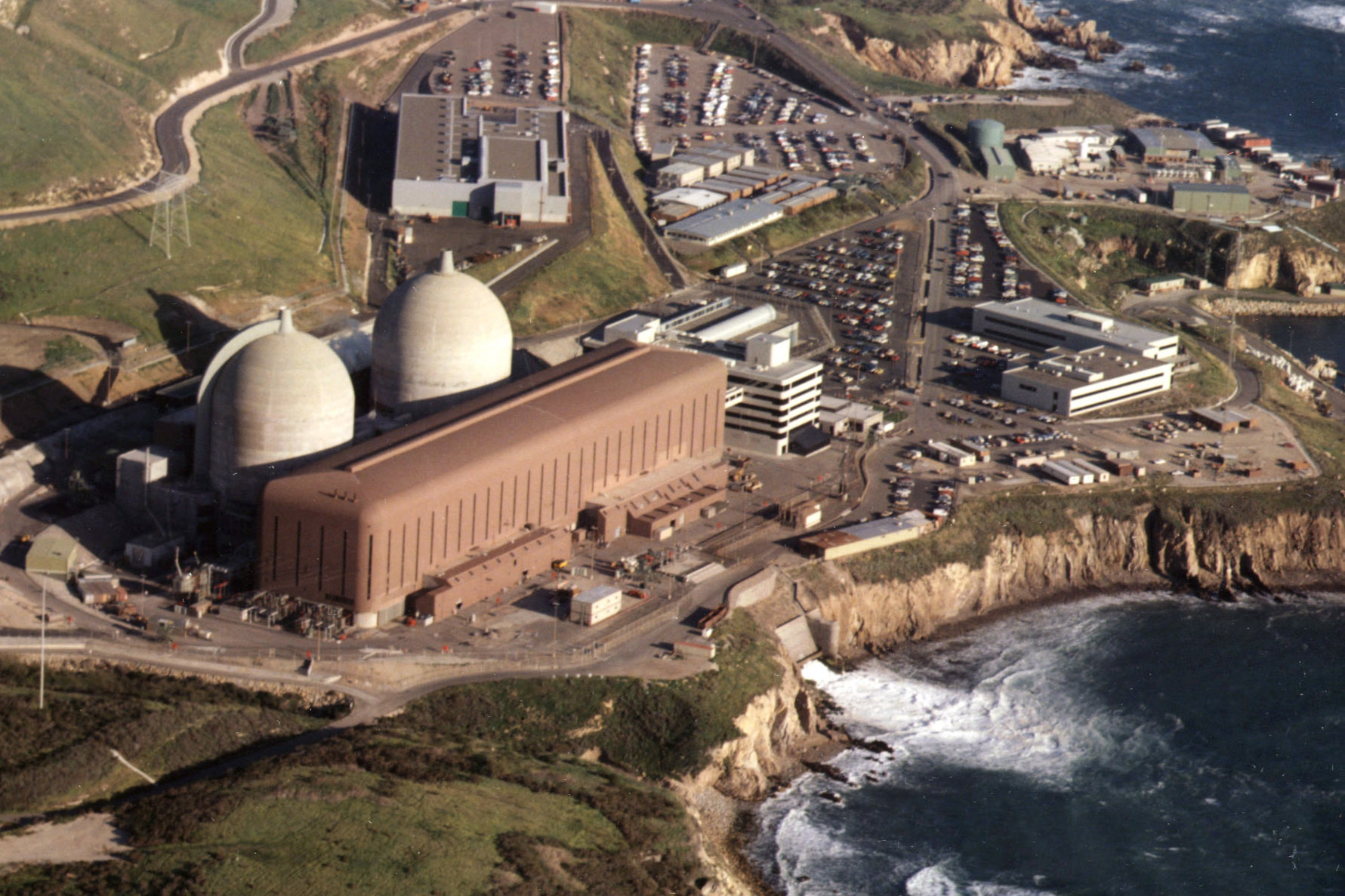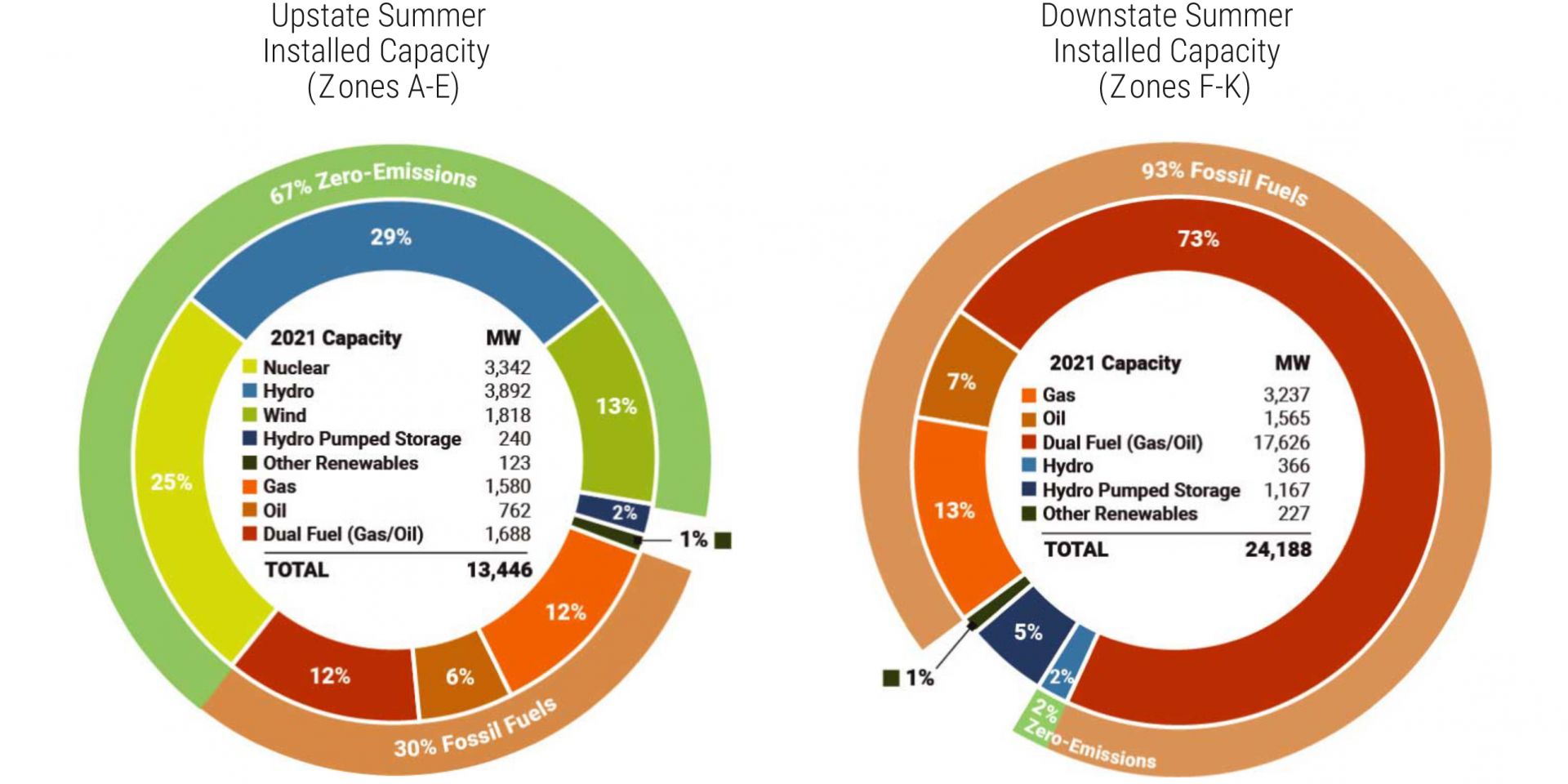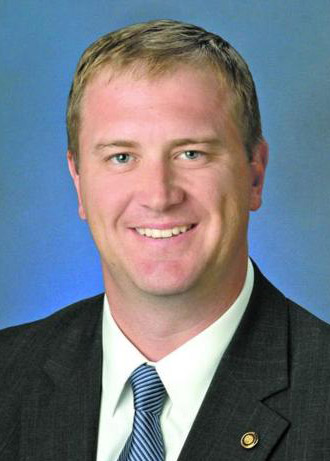Diablo Canyon nuclear plant. (Photo: PG&E)
Last April, Entergy had to close its Indian Point nuclear plant. That’s despite the plant’s being recognized as one of the best-run U.S. nuclear plants. That’s also despite its 20-year license extension process having been nearly completed, with full support from the Nuclear Regulatory Commission.
This closure was due in large part to opposition by antinuclear environmental groups. These groups also mobilized existing negative public opinion on nuclear energy to get politicians to oppose the plant’s license extension. Another factor is unfair market conditions. Nuclear energy doesn’t get due government support—unlike solar, wind, and hydro—despite delivering clean, zero-emissions energy.
The above figure provides NYISO's projected mix of resource capacity expected to be available for the 2021 Summer Capability Period.
The figure below shows the vast difference in 2020 between clean energy provided to upstate New York and to downstate New York. With the recent closure of Indian Point-3, the difference will widen for downstate New York in 2021.
NYISO released its 2021 power trends report for the state of New York. As noted by many in the energy community prior to the closure of Indian Point nuclear power plant's Unit 2 and Unit 3 in 2020 and 2021, respectively, the projected mix of resource capacity expected for downstate New York's energy generation will be heavily reliant on fossil fuels.






